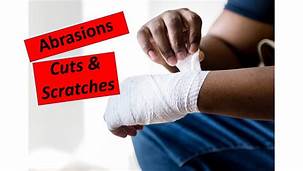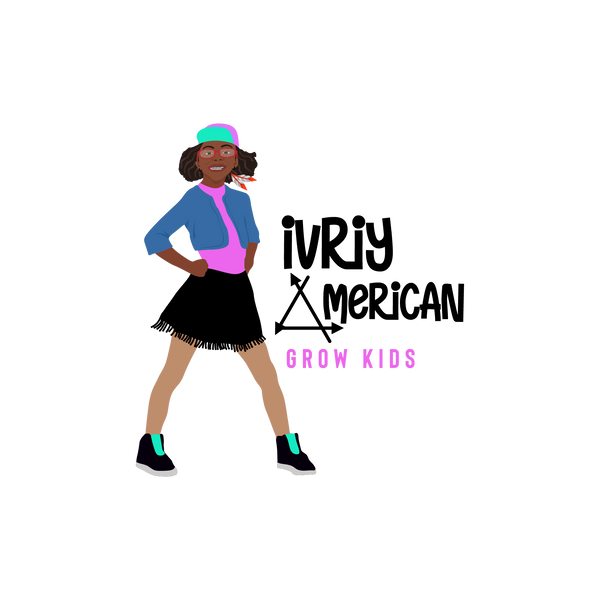
Cuts and Scrapes
Share
A cut is an incision into the skin. In contrast, a scrape involves the traumatic removal of skin. Several things happen when you cut or scrape the skin. When you disrupt the skin a clear, antibody-containing fluid from the blood, called serum, leaks into the wound. The area around the cut or scrape becomes red, indicating that more blood is moving into the wound site, bringing with its nutrients and infection-fighting white blood cells. Nearby lymph nodes may swell and after a few days and pus (which contains dead white blood cells, dead bacteria, and other debris from the body’s inflammatory response to infection) may form. And finally, a scab develops to protect the injury as it heals.
We can learn how to care for and treat cuts and scrapes safely at home and speed the healing process. See your doctor if you notice signs of infection (redness, red streaks, swelling, pus, enlarged lymph nodes), injury is located on the face, the cut or scrape is too deep or is too dirty to clean, the cut is wider than a quarter inch or is too ragged to close evenly, if you can’t stop the bleeding or if the injury occurred in the area of tendons and nerves, you can’t feel the area or you can’t move it.
If you get a cut or scrape, one of the first things you should do is stop the bleeding. Apply pressure with a clean cloth or tissue to stop the blood flow. If possible, elevate the wound above the heart to slow the blood flow. Do not use a tourniquet. Clean it thoroughly by washing it with soap and water. If the wound is very dirty use hydrogen peroxide to bubble out debris. The initial washing is not enough to prevent infection so you will need to remove the bandage and wash it every day with soap and water. Then recover it with a clean bandage. Keep it covered to keep the wound clean and protected. By the third day or so you need to let the cut or scrape get a certain amount of air circulation. You want the bandage or covering to be tight enough to protect, but not so tight that it seals out all the air and causes the wound to become too moist. Let the air have its turn in helping, it is good for healing. If you keep the cut or scrape moist you will speed healing and minimize scaring. If a scab form does not pick at it just apply a little Vaseline to seal in the moisture.
Antibacterial ointments like Neosporin can be helpful. If you do not have any antibiotics handy and if you are in a pinch dap on a little honey and then cover with a bandage. Honey has antibacterial properties and if you do not have a bandage do not worry honey dries to form a natural one. Garlic is another of nature’s antibiotics. Try taping a crushed clove over the cut. If it irritates your skin, take it off right away. If you cannot clean the wound, you could lick it. Researchers claim that the protein in saliva not only helps to heal wounds it also acts as an anti-inflammatory, antiviral, antifungal, and antibacterial agent. Some people claim that pouring black pepper on a cut will help stop the bleeding and is known to have painkilling, antiseptic, and antibiotic properties. If you read the label on Instant Krazy Glue, you will learn that it bonds skin instantly and contains the same ingredients as a “liquid band-aid.” Just add a drop on a cut and it will seal it closed for quicker healing just do not touch the drop while it is drying.
The Ivriy American always tries to stay as natural as possible so we treat cuts and scrapes the same and effectively with our essential oils. Wash the area then add one drop each of lavender and tea tree essential oil to the gauze part of an adhesive bandage or apply directly on top of the cut. The blend of lavender and tea tree essential oil will work together as an antiseptic, anti-infectious, anti-bacterial, pain numbing, and anti-inflammatory mixture, while emotionally giving you some calmness and nurturing.
